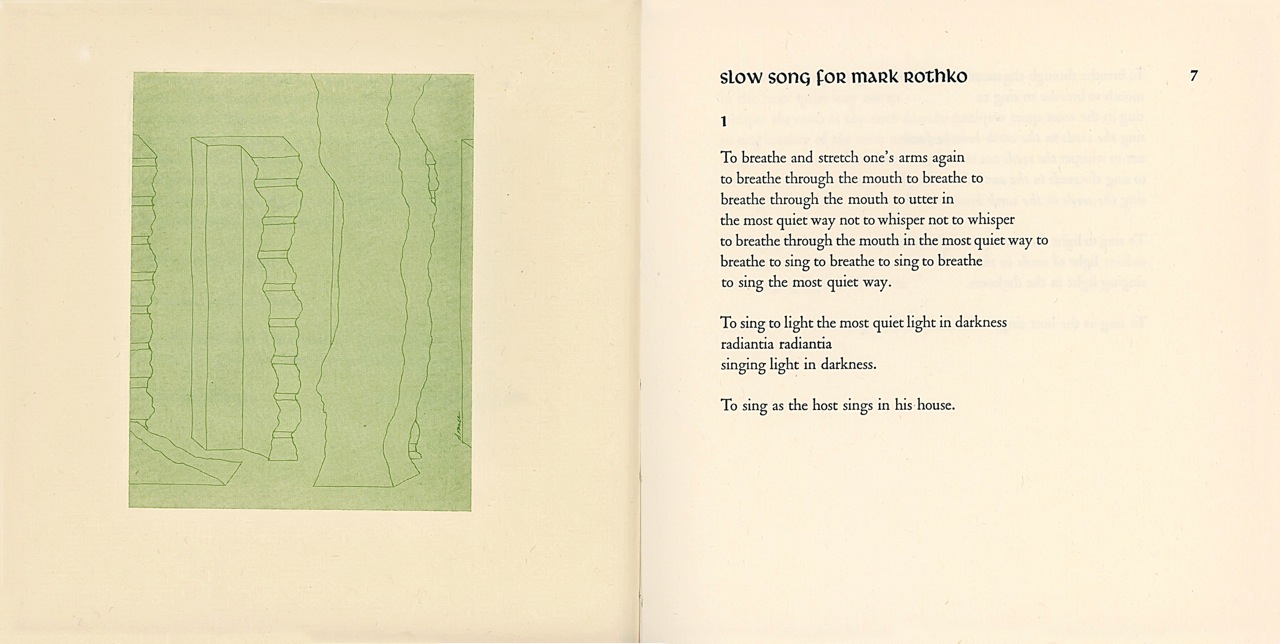When Vladimir Mayakovsky memorably proclaimed that “without revolutionary form, there is no revolutionary art,” and Renato Poggioli wrote that “the avant-garde image originally remained subordinate, even within the sphere of art, to the ideals of a radicalism which was not cultural but political,”[1] and Marjorie Perloff (now famously) asked “what if, despite the predominance of tepid and unambitious Establishment poetry, there were a powerful avant-garde that takes up, once again, the experimentation of the early twentieth century?,”[2] they weren’t talkin



